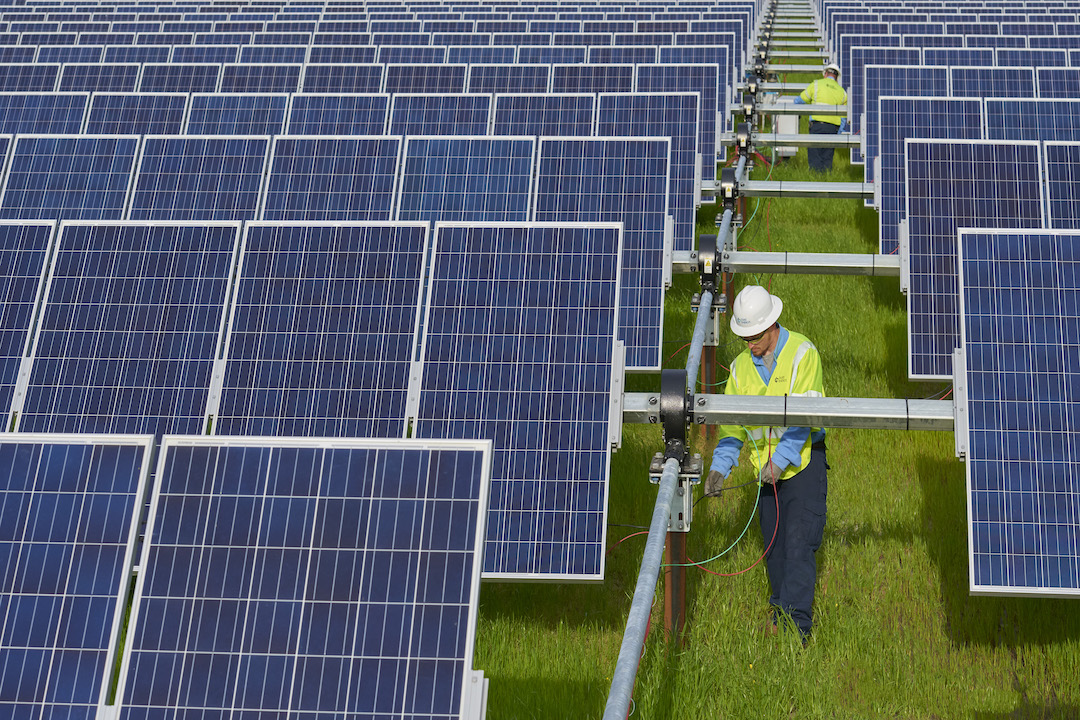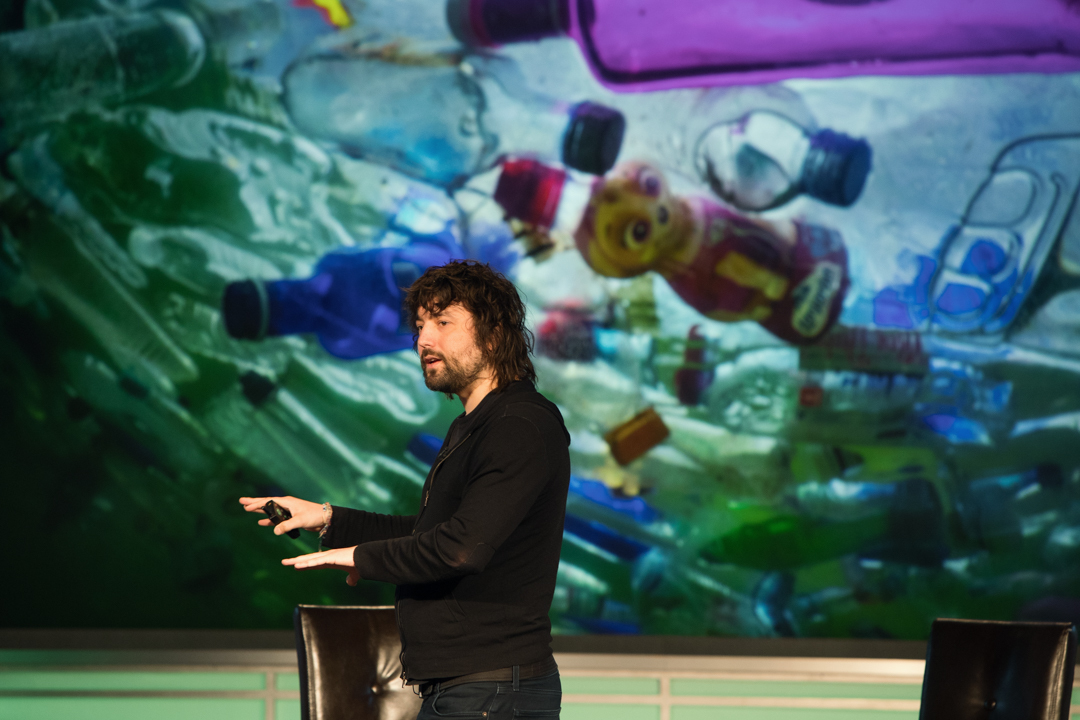The George Washington University leads campuses nationwide for purchasing renewable electricity from off-campus projects, according to a new study recently released by the Environment America Research and Policy Center.
Colleges and universities were ranked in five categories based on their shift to renewable energy sources like solar power. The categories included the most electricity used from renewable sources; most renewable electricity produced on-campus; most renewable energy purchased from off-campus sources; most renewable heating, cooling, hot water and other non-electric energy used; and highest percentage of electric campus vehicles. Rankings were calculated per student.
GW topped the list of schools purchasing renewable energy from off-campus sources, a category that highlights schools transitioning to renewable energy but do not have the space or resources to make on-campus renewable energy production viable. The university purchased more renewable electricity per full-time student than any other surveyed school.
The university partnered with Duke Energy Renewables to build three large, off-campus solar photovoltaic arrays. Through this partnership called the Capital Partners Solar Project, GW, the George Washington University Hospital and American University purchase 100 percent of the output from the solar farms. According to the study, the purchase covers 53 percent of GW’s electrical consumption.
Under the 20-year power purchase agreement initiated and managed by GW, Duke Energy Renewables built 53.5-megawatts of solar photovoltaic arrays —large enough to produce the amount of electricity used annually by roughly 8,900 homes—across three sites in North Carolina made up of 243,000 solar panels that absorb and convert energy from the sun to electricity to be transmitted through the power grid.
“The Capital Partners Solar Project allows GW and our partners at AU and GWUH to source our energy in a manner that is both more sustainable and economically viable,” said Meghan Chapple, director of the GW Office of Sustainability. “This partnership with Duke Energy Renewables provides an innovative solution that our students and faculty can study and a model for other buyers so that renewable energy can get to scale in the market,” Ms. Chapple said.
The solar power helps the three institutions reduce their carbon footprint and eliminates carbon dioxide by the equivalent of taking 17,900 cars off the road. Additionally, it will help them save money as the price of traditional power is expected to increase over the duration of the project.
"Duke Energy is proud to play a role in reducing George Washington University’s carbon footprint through the use of renewable energy with the Capital Partners Solar Project,” said Rob Caldwell, president of Duke Energy Renewables. “The work that we are doing through the Capital Partners Solar Project represents a unique partnership between three customers - the George Washington University, American University and the George Washington University Hospital - that provides us the opportunity to bring solar power to the D.C. institutions’ urban settings. We’re proud to be a part of this innovative sustainable energy initiative.”
Environment America works with more than 50 colleges and universities in 15 states that seek to transition to generating 100 percent of their energy from renewable sources.
“George Washington University’s dedication to tackling climate change has earned it a well-deserved spot among the nation’s top colleges and universities that are leading the shift to clean, renewable energy,” said Bronte Payne, director of Environment America’s 100 percent renewable campus campaign. “Their leadership is a shining example that should inspire higher education institutions across the country to transition to using renewable energy sources.”
Campuses from 19 states and Washington, D.C., were featured in the rankings. The list was based on reports submitted by 944 colleges and universities to the Association for Advancement of Sustainability in Higher Education’s Sustainability Tracking, Assessment and Rating System.




